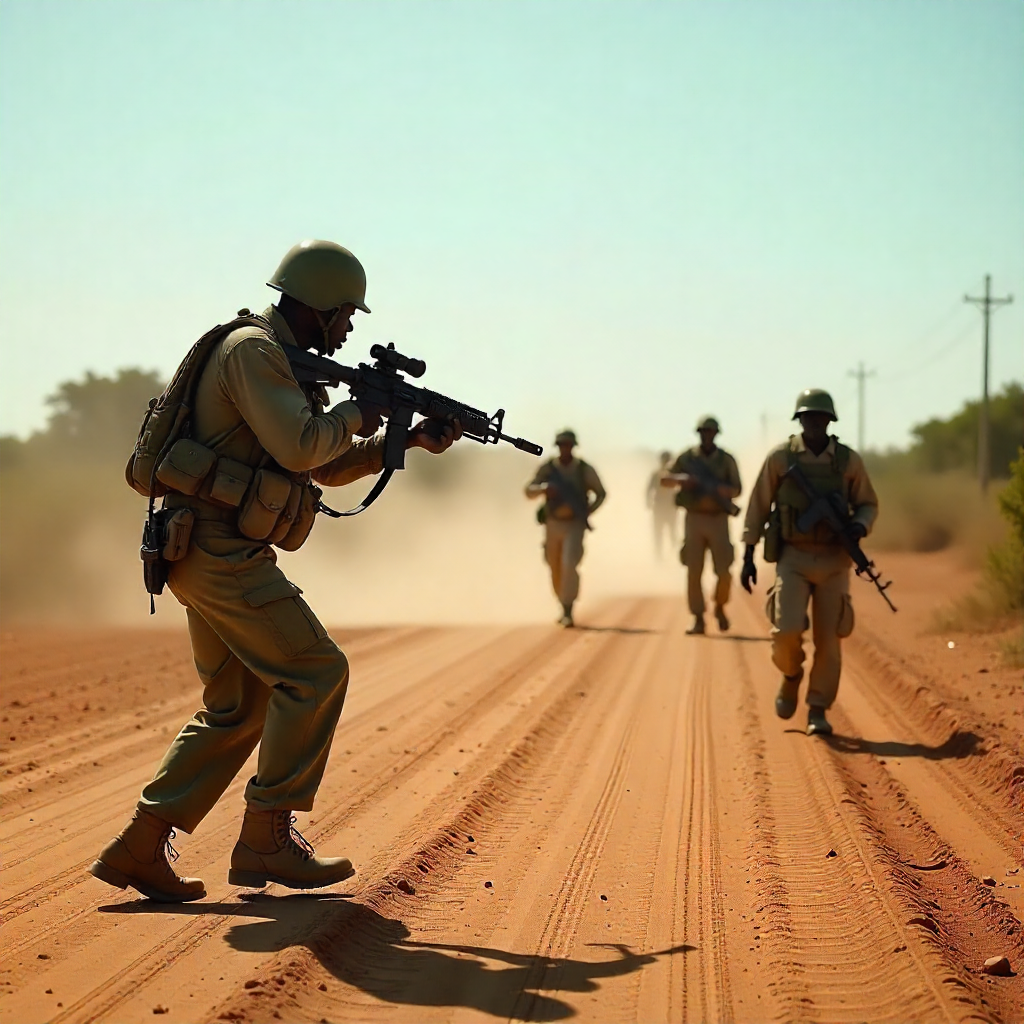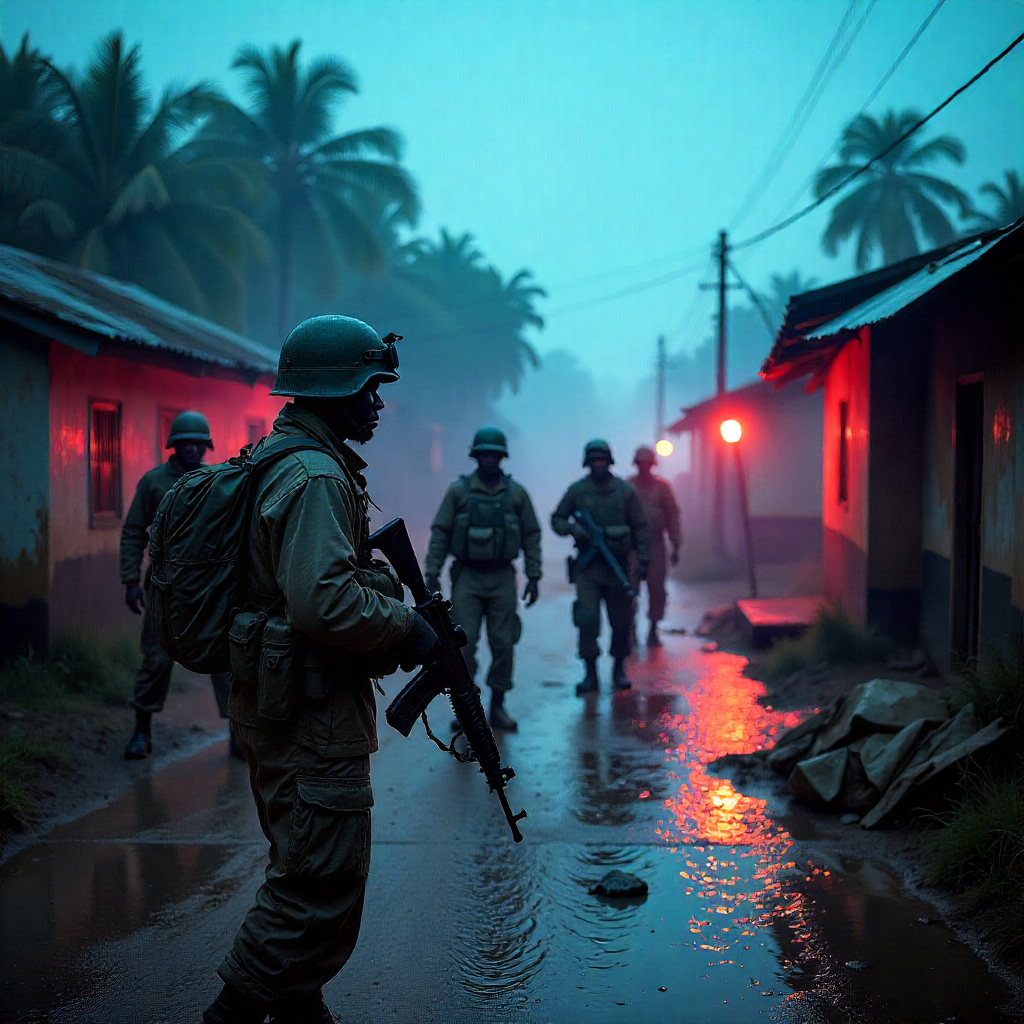Troops from Uganda and South Sudan engaged in a deadly firefight at a disputed border area in West Nile, northern Uganda, and Kajo Keji County, Central Equatoria, South Sudan. The clash resulted in the deaths of at least four soldiers one Ugandan and three South Sudanese, while South Sudanese officials claimed five fatalities on their side. These hostilities reveal the sharp risks posed by unresolved territorial disputes in the region (Al Jazeera, ABC News).
What Happened
- Triggering incident: According to Major General Felix Kulayigye, Uganda’s military spokesperson, South Sudanese troops crossed into what Uganda considers its territory, set up a camp, and refused to withdraw. After one Ugandan soldier was killed, Ugandan forces opened fire, killing three South Sudanese soldiers (ABC News).
- South Sudan’s version: Officials in South Sudan reported receiving five bodies and described the clash as a “surprise attack” by Uganda in territory they believe belongs to them (Al Jazeera).
- Immediate response: Military leaders from both nations agreed on an immediate ceasefire to de escalate tensions and launched a joint investigation into the skirmish (Al Jazeera).
Historical and Structural Context
- Chronic boundary disputes: The area around Kajo Keji and Moyo Yumbe Districts has long been contested. Without a formally demarcated boundary, occasional incursions and sometimes violent confrontations have flared since South Sudan’s 2011 independence (apanews.net).
- Resource and demographic pressures: Border communities compete over grazing lands and water, and local militia conflicts and cattle raids especially involving the Karamojong have added volatility to an already fragile frontier region (Globedge).
- Military footprint: Uganda has deployed troops repeatedly to South Sudan since 2013 supporting President Salva Kiir during internal conflicts. The forces remain active amid recurring unrest related to Vice President Riek Machar’s supporters (Al Jazeera).
Consequences & Broader Effects
Civilian displacement & community risk
Even isolated military engagements have ripple effects. Displaced residents not only soldiers are displaced, face violence, and lose access to livelihoods as cross border tension spreads. Local actors report harassment, cattle theft, even alleged assault tied to retaliatory actions by youths on both sides (en.kaabtv.com, developmentaid.org).
Diplomatic stakes
While Uganda and South Sudan maintain generally friendly ties, particularly through security cooperation, such clashes represent rare but serious ruptures. Both governments have set up a border demarcation committee, but progress has been slow no firm outcome is expected before 2027 (Al Jazeera).
Risk of escalation
Although described as limited, this is one of the few instances of direct armed conflicts between militaries that are nominally allies. With each flare up, the potential for miscalculation and spiraling reprisals grows. Analysts emphasize that absence of clear demarcation and local grievance mechanisms amplifies this risk (chimpreports.com, theeastafrican.co.ke).

Summary Table
| Issue | Details |
|---|---|
| Location & Date | Fitina‑Mabaya (West Nile & Kajo‑Keji), July 28, 2025 |
| Fatalities Reported | 1 Ugandan soldier, 3 to 5 South Sudanese soldiers |
| Dispute Origin | Crossing by South Sudan forces into territory claimed by Uganda |
| Immediate Action | Ceasefire agreed; joint investigation launched |
| Underlying Issue | Unresolved demarcation; competition over land and pastoral routes |
| Regional Response | Diplomatic talks ongoing; demarcation committee active |
| Potential Threat | Wider displacement; growing instability if further clashes occur |
Final Takeaway
This deadly border incident is more than just another skirmish. It exemplifies how ambiguous borders, combined with local resource competition and lack of institutional conflict resolution, can fuel dangerous flashpoints even between states with otherwise cooperative relations.
The use of force however limited shatters the veneer of stability and carries real humanitarian costs. Although a ceasefire and an inquiry have begun, the persistence of demarcation ambiguity means future eruptions remain likely unless both governments push more aggressively for resolution.
For citizens living along the border, the reality is daily uncertainty. For Juba and Kampala, the lesson is stark: regional stability hinges on a durable boundary agreement and mechanisms to manage communal tensions before they escalate into armed conflict.

